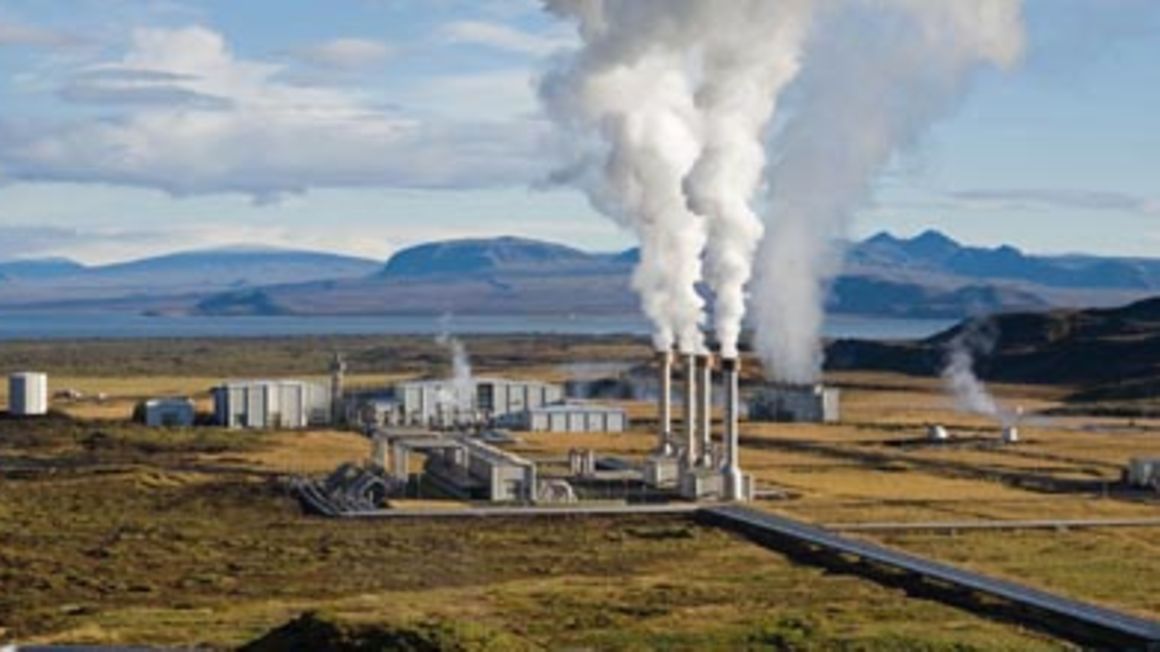Tanzania’s Ambitious Geothermal Energy Projects
Tanzania has set an ambitious goal to invest over Sh1.48 trillion by 2030 to develop two major geothermal power projects. These projects, located at Ngozi Crater and Kiejo-Mbaka in the Mbeya region, are part of the country’s broader strategy to diversify its energy mix and ensure a more reliable electricity supply.
The development of these projects is being carried out by the Tanzania Geothermal Development Company (TGDC), which operates as a subsidiary of the Tanzania Electric Supply Company Limited (Tanesco). During a recent appearance at the 49th Dar es Salaam International Trade Fair (DITF), Mr. Shakiru Kajugus, TGDC’s Director of Business Development, highlighted the significance of these initiatives.
According to Mr. Kajugus, the Ngozi Crater project is expected to generate 70 megawatts (MW) of electricity, while the Kiejo-Mbaka project will produce 60 MW. Together, these two projects are projected to add 130 MW to the national grid by 2030. This expansion is anticipated to play a crucial role in supporting Tanzania’s transition to a more sustainable and reliable energy system.
Although Tanzania has the potential to generate over 5,000 MW from geothermal sources, the 130 MW target represents the first step in the long-term development of this clean energy resource. The electricity generated from these projects will also contribute to broader regional efforts aimed at providing electricity to over 300 million Africans who currently lack access to it.
The Ngozi Crater project, which started in 2015, is now entering a critical phase. The drilling of three geothermal wells is scheduled to begin this month, with each well reaching depths of up to 1,500 metres to tap into underground temperatures of up to 250°C. Mr. Kajugus mentioned that the drilling process is expected to take approximately six months, and preparations have already been completed.
In addition to these two main projects, TGDC has identified over 50 geothermal sites across 16 regions, each with potential for power generation. Future development plans include areas such as Songwe, Lohoi in the Coast Region, and Lake Natron in Arusha.
Mr. Kajugus emphasized that geothermal energy offers more than just electricity. The same technology can be applied in various sectors, including agriculture, greenhouses, poultry hatcheries, tourism, recreational facilities, swimming pools, and wellness services like skin therapy. By expanding the use of geothermal energy across different industries, the government aims to boost revenue, create jobs, and improve livelihoods.
TGDC is collaborating closely with the Japan International Cooperation Agency (JICA), which provides technical expertise and capacity-building support for the projects. Currently, two Tanzanian engineers are pursuing master’s degrees in geothermal studies in Japan under this partnership.
Geothermal development in Tanzania dates back to the 1970s when initial studies were conducted along the East African Rift Valley. Between 1976 and 1979, the Swedish International Development Cooperation Agency (SIDA) facilitated early surveys with experts from Sweden and Iceland. These studies identified dozens of geothermal springs stretching from northern Tanzania to Mbeya, with suitable heat levels for power generation.
As electricity demand continues to rise, Tanzania is increasingly focusing on renewable energy sources to reduce its reliance on hydropower and fossil fuels. The success of geothermal projects is seen as a key factor in improving energy security, supporting industrial growth, and aligning with the country’s sustainable development goals.







